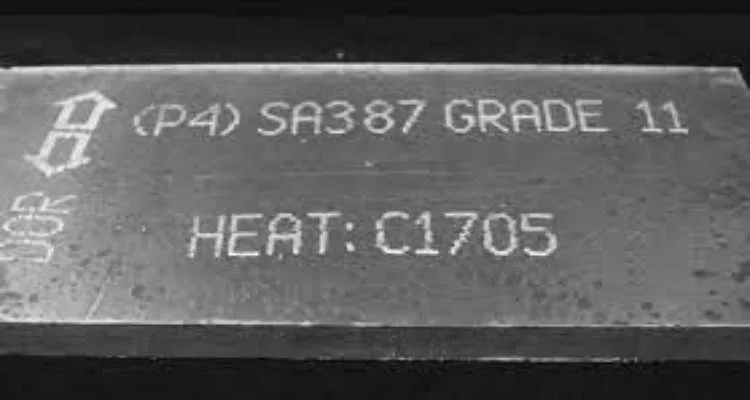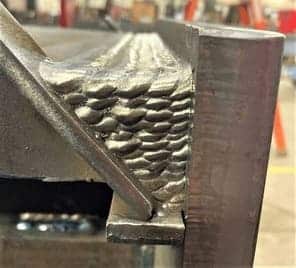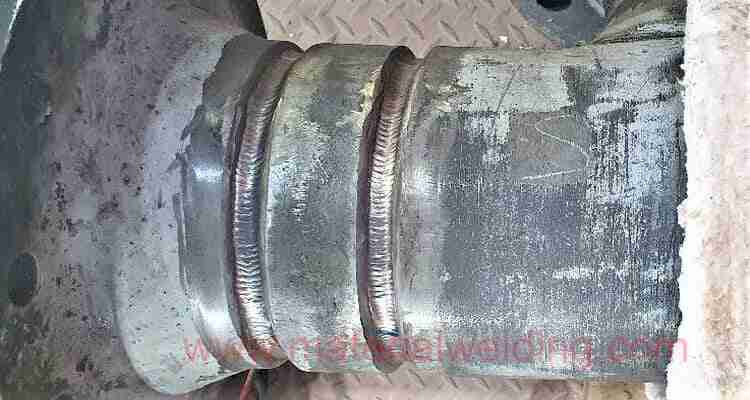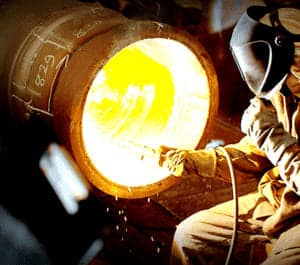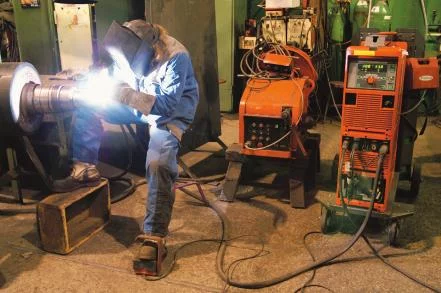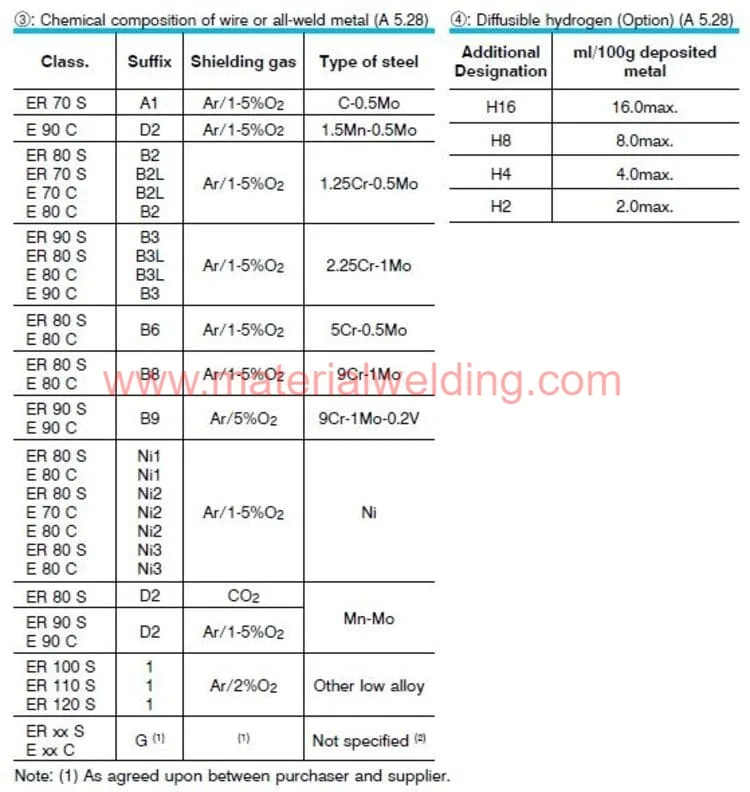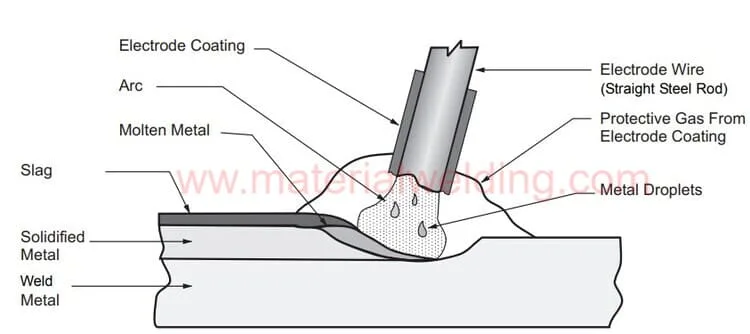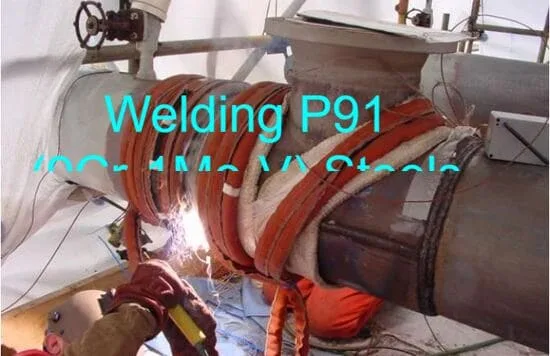Welding A333 Gr 6
In this article, we will explore the critical aspects of welding A333 Gr 6 steel, including the selection of suitable welding electrode & processes, pre-weld preparation, right welding parameters, post-weld heat treatment, and quality control measures.
A333 Gr 6 steel is a low-temperature carbon steel that is commonly used in the fabrication of piping systems for various industries, including oil and gas, petrochemical, and power generation.
It is known for its excellent toughness and durability at low temperatures, making it ideal for use in harsh environments.
However, welding A333 Gr 6 steel can be challenging due to its unique composition and properties, and failure to follow proper welding procedures can result in weld defects, which can compromise the integrity and safety of the piping system.
ASTM A333 Grade 6 material
ASTM A333 Grade 6 is a low-temperature carbon steel pipe specification that is commonly used for piping systems in industries such as oil and gas, petrochemical, and power generation.
The material has excellent toughness and durability at low temperatures, which makes it ideal for use in harsh environments.
A333 Gr 6 is typically used in applications where temperatures can drop as low as -50°F (-45°C), and its chemical composition is designed to provide high-impact toughness at these temperatures.
This specification covers seamless and welded steel pipe for use in low-temperature service, and it requires impact testing at temperatures as low as -50°F to ensure its quality and reliability.
A333 Gr 6 is widely used in the construction of pipelines, tanks, and pressure vessels that require high strength and toughness in low-temperature environments.
ASTM A333 Grade 6 Equivalent material
Some of the equivalent materials to ASTM A333 Grade 6 are:
- API 5L Grade X52
- EN 10216-4 P355NL1
- DIN 17175 St45.8
- JIS G3456 STPT370
- BS 3059-2 360
ASTM A333 Grade 6 Material group
ASTM A333 Grade 6 belongs to Material Group 1.1 according to ASME B31.3, which is the material group for carbon and low-alloy steel piping components.
This means that A333 Gr 6 can be used for piping systems in a wide range of services, including power generation, oil and gas, petrochemical, and more, as long as the material is suitable for the specific application and meets the relevant standards and codes.
Material Group 1.1 includes a variety of carbon and low-alloy steels that are suitable for a range of temperatures and pressures, and A333 Gr 6 is a popular choice due to its excellent toughness and durability at low temperatures.
The UNS Number of ASTM A333 Grade 6 is K03006. The ASME Section IX welding P Number for A333 Grade 6 is “1” and Group Number “1”.
ASTM A333 Grade 6 Chemical Compositions
the chemical composition of ASTM A333 Grade 6 are listed below:
| Element | Composition, % |
|---|---|
| Carbon (C) | 0.30 max |
| Manganese (Mn) | 0.50-1.05 |
| Phosphorus (P) | 0.025 max |
| Sulfur (S) | 0.025 max |
| Silicon (Si) | 0.10 min |
| Nickel (Ni) | 0.40 max |
| Chromium (Cr) | 0.30 max |
| Copper (Cu) | 0.40 max |
| Molybdenum (Mo) | 0.12 max |
Note: The chemical composition of ASTM A333 Grade 6 is subject to the product analysis tolerances specified in the ASTM A530/A530M specification.
The above values are the maximum or minimum limits specified for the elements. Actual composition may vary based on the manufacturing process and the specific product.
ASTM A333 Grade 6 Mechanical Properties
Here are the typical mechanical properties of ASTM A333 Grade 6:
| Property | Value |
|---|---|
| Tensile strength (min), psi | 60,000 (415 MPa) |
| Yield strength (min), psi | 35,000 (240 Mpa) |
| Elongation (min), % | 30 |
| Impact toughness, J (ft-lbf), min (average of 3 specimens) | 18 (13) at -45°C (-50°F) |
Note: The above mechanical properties are based on typical values and are subject to the product specification and manufacturing process.
Welding ASTM A333 Grade 6
Welding ASTM A333 Grade 6 requires attention to several factors, including preheat temperature, interpass temperature, post-weld heat treatment (PWHT), and filler material selection.
A333 Gr 6 is a low-alloy steel that is designed to provide high-impact toughness at low temperatures, which makes it susceptible to hydrogen cracking during welding.
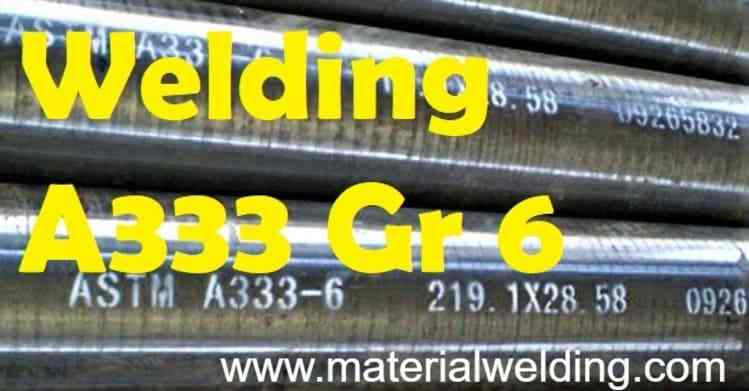
Here are some considerations when welding A333 Gr 6:
- Preheat temperature: Preheating the base metal to a minimum temperature of 150°F (65°C) can help reduce the risk of hydrogen cracking.
- Interpass temperature: It’s important to maintain a proper interpass temperature to prevent the base metal from cooling too quickly, which can lead to hydrogen cracking. The interpass temperature should not exceed 450°F (230°C).
- Filler material selection: The filler material should have a low hydrogen content, such as E7018-1 electrodes or ER70S-2/ER70S-6 wire.
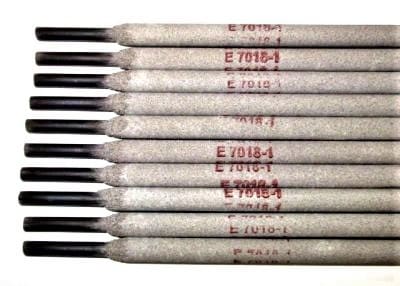
- PWHT: Post-weld heat treatment may be necessary to reduce residual stresses and improve the toughness of the weld. The PWHT temperature should be between 1100°F to 1250°F (590°C to 677°C) for a minimum of one hour per inch of thickness.
- Welding techniques: A333 Gr 6 can be welded using various welding techniques, including shielded metal arc welding (SMAW), gas tungsten arc welding (GTAW), gas metal arc welding (GMAW), and submerged arc welding (SAW).
